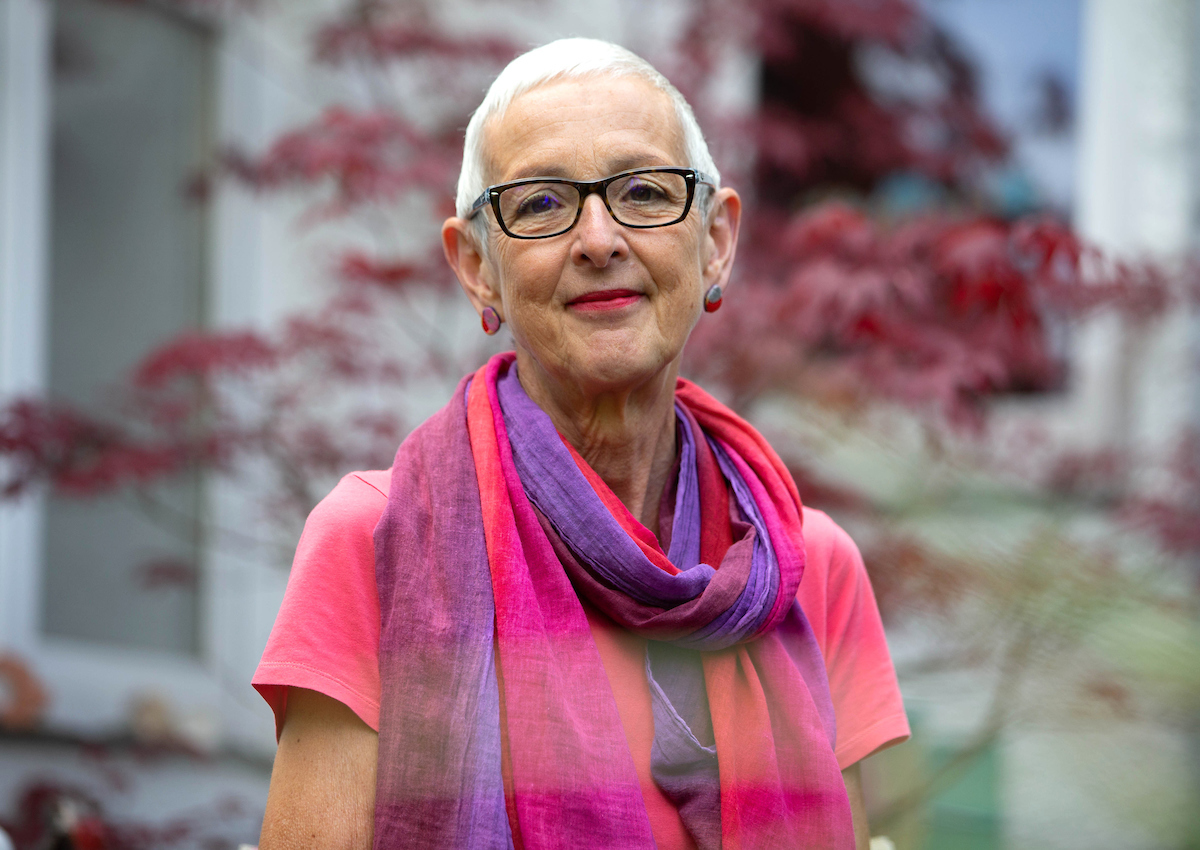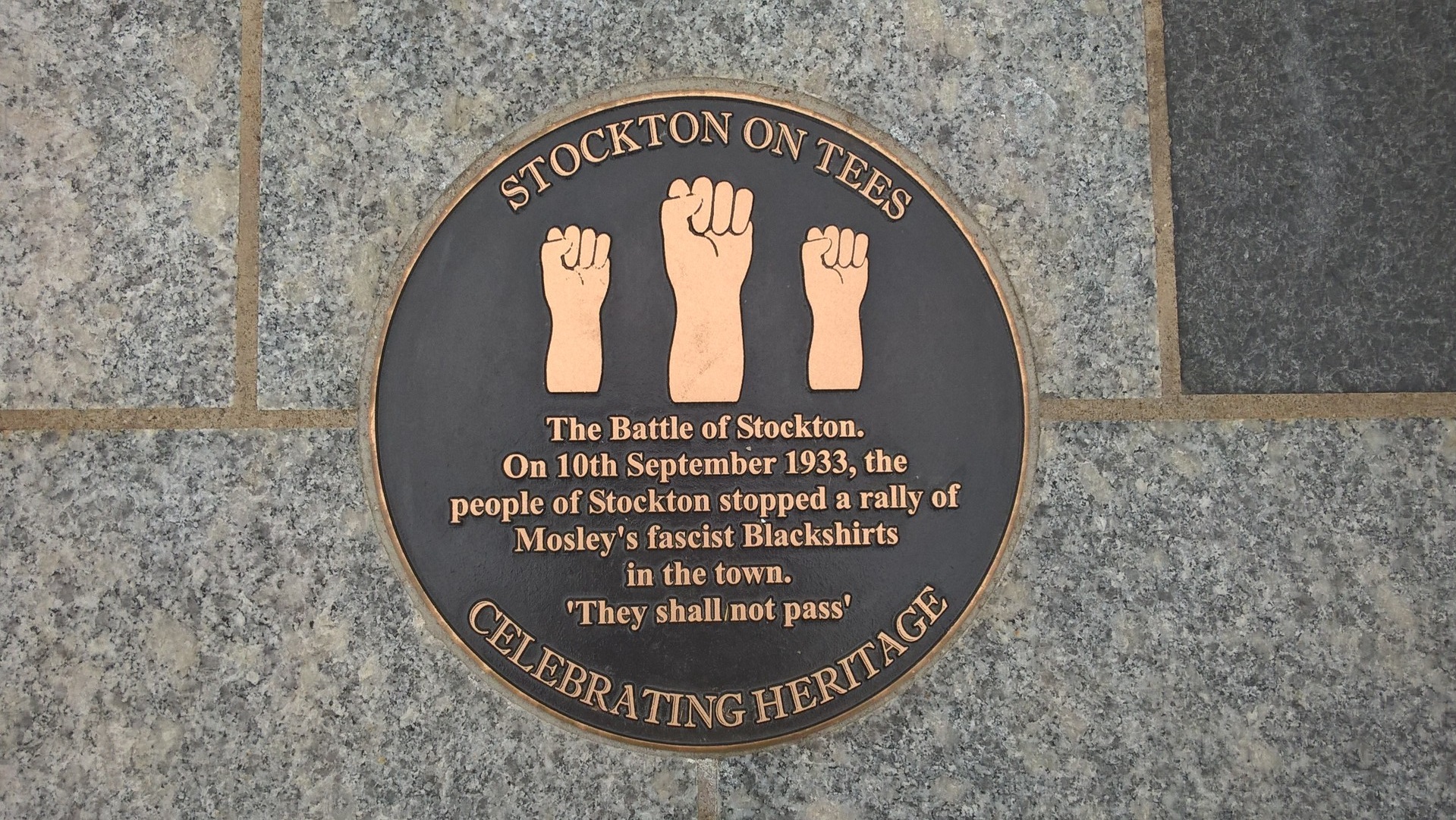Light up the Ladies’ Bridge
The forgotten history of the women who built London’s Waterloo Bridge will be celebrated next week in a three-day event that honours their efforts and hopes to inspire and educate the young construction workforce of today.
Described as a news blackout, the building of Waterloo Bridge was never attributed to the women who made up some of the 25,000 construction workers during the Second World War. Through a combination of chaos and device, their efforts weren’t officially acknowledged and â€The Ladies’ Bridge’ became a London fable.
Push forward 70 years, though, and filmmaker Karen Livesey and historian Dr Christine Wall have spent the last decade unearthing the truth behind this famous London landmark, and, with Unite and UCATT members, will commemorate the women who kept the country running during wartime.
“From 2005 to 2007 I was obsessed,” Karen says. “Looking for this evidence completely took over my life.”
“We had spoken to the riverboat pilots who told the story of â€The Ladies’ Bridge’, passed on over the years from those who saw the construction with their own eyes as they sailed under the bridge,” she says.
“We kept hearing that this was just the way things were during the war – women just got on with it. But for it to make history, we needed something concrete.”
Snippets of history
But Karen and Chris were looking in the haystack that is London, and it took more than ten years before they found their coveted needle.
“I had made a short documentary about the story, and in 2015 I was asked to show it at Somerset House, so Chris did another last-ditch search of the archives and she found these photographs of three women welders, working on Waterloo Bridge,” Karen says.
“It was so exciting. The archives had digitised and there they were. Chris emailed them to me – she was so cool about it – but I was amazed. We had been looking for so long.
“Next she sends over handwritten notes of the photographer who took the photos, confirming the place and dates. It’s amazing, finding little snippets of history like that – it’s so little, but so, so exciting.”
Beginning on September 22, the “Light Up The Ladies’ Bridge” event will include enormous projections of photographs and moving pictures onto the side of the National Theatre’s Lyttelton Theatre fly tower and bridge, film showings, panel discussions and surprise happenings.
On Saturday (September 24), a choir of 100 people will sing war songs underneath Waterloo Bridge in tribute to the forgotten heroines. The evening will culminate in a human chain crossing the bridge to Somerset House – arms raised to capture the spirit of what can be achieved together.
We now know that tens of thousands of women were drafted into manual labour jobs to keep the country going while the men were away at war, but very little documentation was made to record the women involved in building Waterloo Bridge in the early 1940s.
“This news blackout at the time was likely of â€strategic importance’ because the bridge would have been a target for German bombs,” Karen explains.
But there was more to it than that. After the build, the deputy PM of the time, Baron Herbert Morrisso, praised and thanked “the fortunate men” who built Waterloo Bridge, never mentioning the hard work of the women involved.
Cover up
“I’m not one for conspiracy theories but I do think this was a cover up,” Karen says. “It’s sexism. These powerful white men want only a white man’s history. Women’s labour wasn’t seen as something to celebrate, it wasn’t the kind of history they wanted. So they wrote it out.”
This discourse, Karen says, shapes the way we view men and women and their role in society even today. She hopes The Ladies’ Bridge event will show people the misconceptions about what is â€women’s work’.
“We are products of our environment and somewhere along the line we’ve had our imaginations knocked on the head and women are scared to put up shelves,” Karen says.
“You can’t underestimate how profoundly transforming it is just to get a little hint, a taste, of something that challenges a worldview of something like women’s status.
“This event will celebrate women’s contribution to construction and challenge the way we think about women’s abilities. I don’t mean in a patronising “why don’t you try carpentry?” way. It’s not about can women do this kind of thing – women have been doing it,” she says.
“We see men as the active makers of the world and women as the fairer sex – emotional, scatty and apologetic. This gender biased view needs to change. Of course women are capable of doing everything men can – Waterloo Bridge is now evidence of that.”
The exclusion of women’s history in construction may well have contributed to the shortage of women in manual trades today; just 1-2 per cent of people working in this industry are women – fewer than during the Second World War. But it also may continue to shape the way women are treated in their jobs – something Unite is working hard to tackle.
“It is important we recognise this history because sadly gender occupational segregation remains a feature of the UK labour market, with women facing discrimination and concentrated in lower paid work,” says Unite national officer for equalities Siobhan Endean.
“Unite works hard to ensure that women receive equal pay for work of equal value; that means recognising the skill involved in job roles and applying fair and transparent pay systems negotiated through collective bargaining,” she says.
Next generation
Unite members will join with members of UCATT at the Waterloo Bridge event to celebrate women’s history and empower young women of today. Unite believes it is crucial to educate and inspire young people to move on from attitudes of the past.
The Unite In Schools initiative is one of the ways this is being applied. “Our objective is to empower young people and to give them a voice,” says Mary Sayer, Unite in Schools Coordinator.
“We present a harsh world of work, like zero hours contracts, to our students and then encourage them to change it, explaining how at Unite we challenge inequality – and we often win.
“We always tell the young women in our sessions: â€you are the next generation, you will be running and inhabiting the trade unions. We need diverse representation in our unions – a gender and racial and ethnic balance. We want you to change our male, pale, stale culture, to enliven it, and to educate us on subjects such as organising on social media.’”
The Light Up The Ladies’ Bridge event will be a powerful moment for women’s history, showcasing the underestimated strength and resilience of wartime women and hopefully, changing the way women in construction – and generally – are perceived today.
“We live in a limited world, but by seeing images of women doing serious jobs, like pouring molten iron into something, moving a crane and building a bridge, we can start to think about women differently,” Karen says.
“It’s hard to imagine without first seeing, but the event will help us to see, and it will awaken imaginations to the possibility of change – so then we can go towards it.”
Pic: © National Museum of Photography, Film & Television 2006
 Like
Like Follow
Follow


